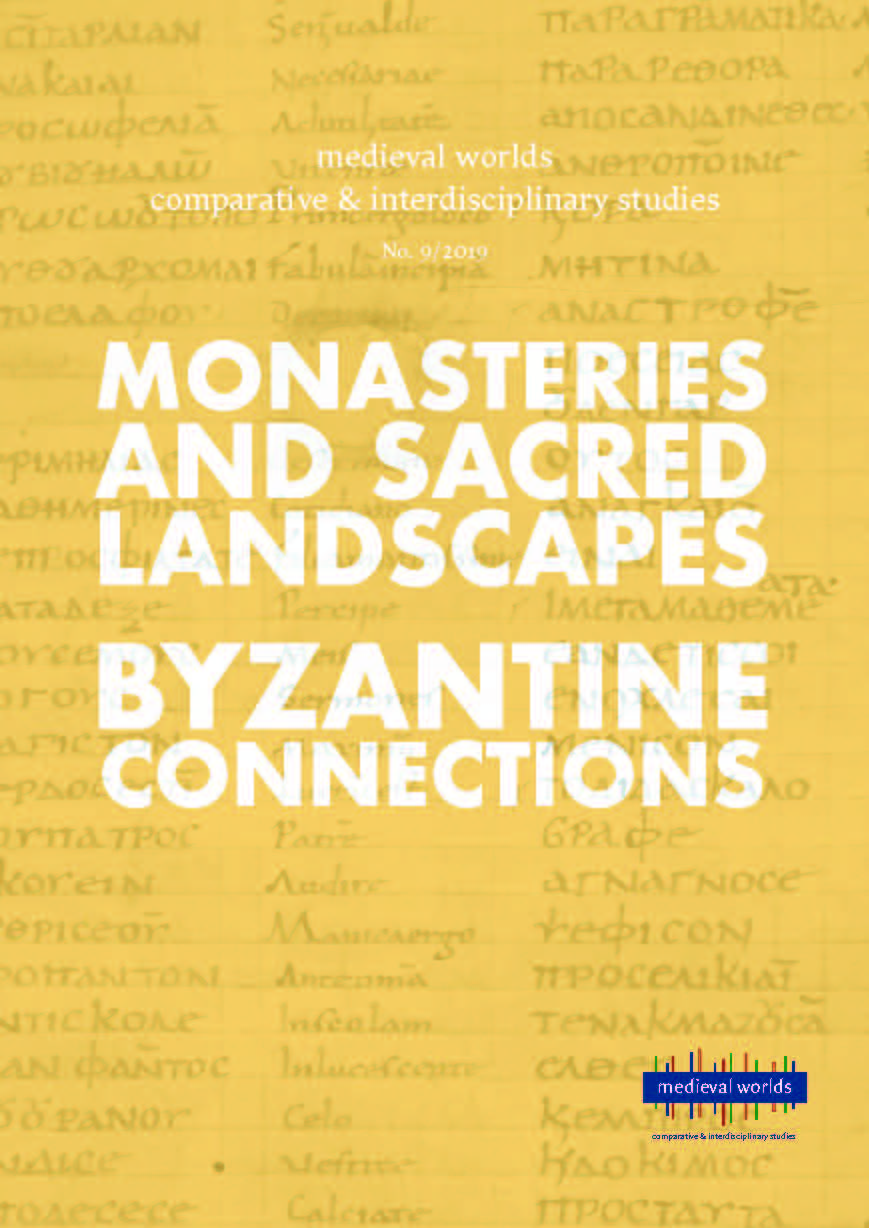Francesca Dell’Acqua,
Clemens Gantner
S. 160 - 186
doi:
10.1553/medievalworlds_no9_2019s160
Verlag der Österreichischen Akademie der Wissenschaften
doi:
10.1553/medievalworlds_no9_2019s160
Abstract:
A source which can be dated to c.730 has never been discussed as evidence of an early reception of Byzantine iconoclasm in Italy. Now lost, this was an inscription put up to celebrate the foundation of a church in the newly established royal residence of the Lombard king Liutprand (712-744) in the countryside of Pavia along the river Olona, known as Corteolona. The inscription tells us that in the time in which ›Caesar Leo fell into the pit of schism from the summit of righteousness persuaded by a miserable scholar‹, Liutprand dedicated a church to Saint Anastasius the Persian. Therefore, the inscription makes use of the perceived heterodoxy of the Byzantine ruler – his attitude towards sacred images – as a chronological and negative cultural reference. In the inscription, Liutprand is cast as a champion of the Catholic Church as opposed to the heterodox Leo III (717-741). This claim naturally had wider political implications: Liutprand wanted to be seen as the supreme ruler on the Italian peninsula. The inscription from Corteolona, with others from Pavia and its surroundings, was transcribed in the late eighth century and thus transmitted to posterity. Having often escaped the attention of those interested in the echoes of Byzantine iconoclasm outside Byzantium, its text is an important document since it suggests that in early eighth-century Lombard Italy, at least in some circles, it was believed that Emperor Leo III was acting against orthodoxy, and that this could potentially lead to a schism within the Catholic Church. In the same years, the early 730s, the papacy too reacted to rumours of heterodoxy in the east, specifically in Constantinople: both a letter by Pope Gregory III (731-741) and the Roman Liber Pontificalis attest to this.
Byzantine iconoclasm, Liutprand (King of the Lombards), Corteolona, Saint Anastasius the Persian, Emperor Leo III, Paul the Deacon, Sylloge Laureshamensis, Lombard Italy, Papacy
Published Online:
2019/06/28 10:44:08
Document Date:
2019/06/28 10:36:00
Object Identifier:
0xc1aa5576 0x003abd59
Rights:All rights reserved.For questions regarding copyright and copies please contact us by email.
medieval worlds provides a forum for comparative, interdisciplinary and transcultural studies of the Middle Ages. Its aim is to overcome disciplinary boundaries, regional limits and national research traditions in Medieval Studies, to open up new spaces for discussion, and to help developing global perspectives. We focus on the period from c. 400 to 1500 CE but do not stick to rigid periodization.
medieval worlds is open to submissions of broadly comparative studies and matters of global interest, whether in single articles, companion papers, smaller clusters, or special issues on a subject of global/comparative history. We particularly invite studies of wide-ranging connectivity or comparison between different world regions.
Apart from research articles, medieval worlds publishes ongoing debates and project and conference reports on comparative medieval research.
Table of Contents
Editor’s Preface
Walter Pohl and Ingrid Hartl
Monasteries and Sacred Landscapes
An Old Ritual Capital, a New Ritual Landscape:
Understanding the Transformation of Angkor Thom, Cambodia:
through the Construction and Placement of Theravāda »Buddhist Terraces«:
Andrew Harris
The Monasteries of Athos and Chalkidiki (8th-11th Centuries): A Pioneering Front?
Michel Kaplan
Pro qualitate loci et instantia laboris:
Monasteries and their Human and Natural Environments in Late Antique Gaul
Matheus Coutinho Figuinha
The Limitations of Asceticism
Albrecht Diem
Byzantine Connections
Greeks and »Greek« Writers in the Early Medieval Italian Papyri
Edward M. Schoolman
Resenting Byzantine Iconoclasm. Its Early Reception in Italy
through an Inscription from Corteolona
Francesca Dell’Acqua and Clemens Gantner
Mercantile and Religious Mobility between Byzantines, Latins and Muslims,
1200-1500: On the Theory and Practice of Social Networks
Johannes Preiser-Kapeller and Ekaterini Mitsiou
»A Universal Narrative of Humanity«. Travelling to the ›Other‹
from Constantinople: Priscus of Panion (5th c. CE)
and William of Rubruk (13th c. CE)
Pia Carolla




 Home
Home Print
Print
 References
References
 Share
Share
